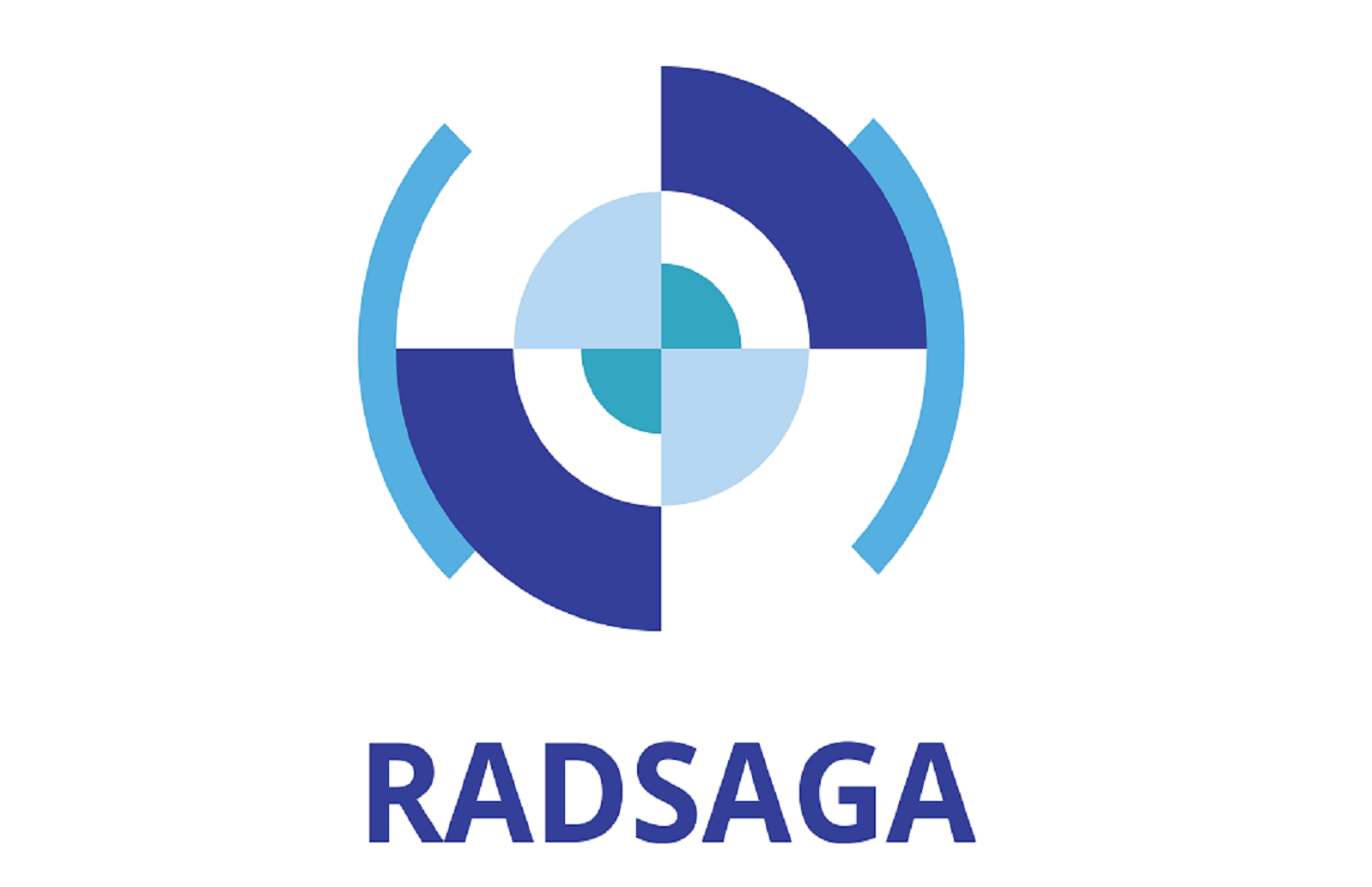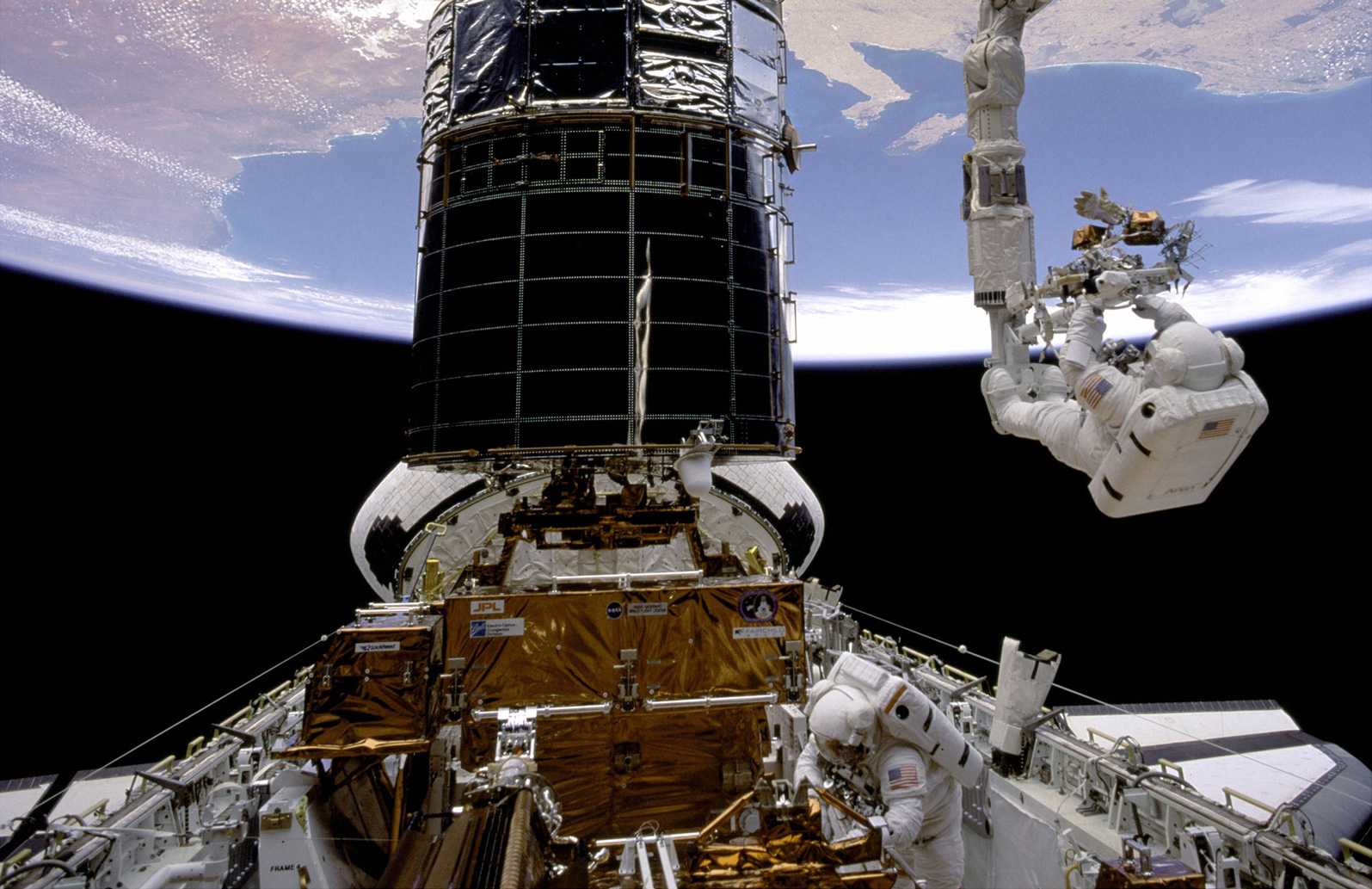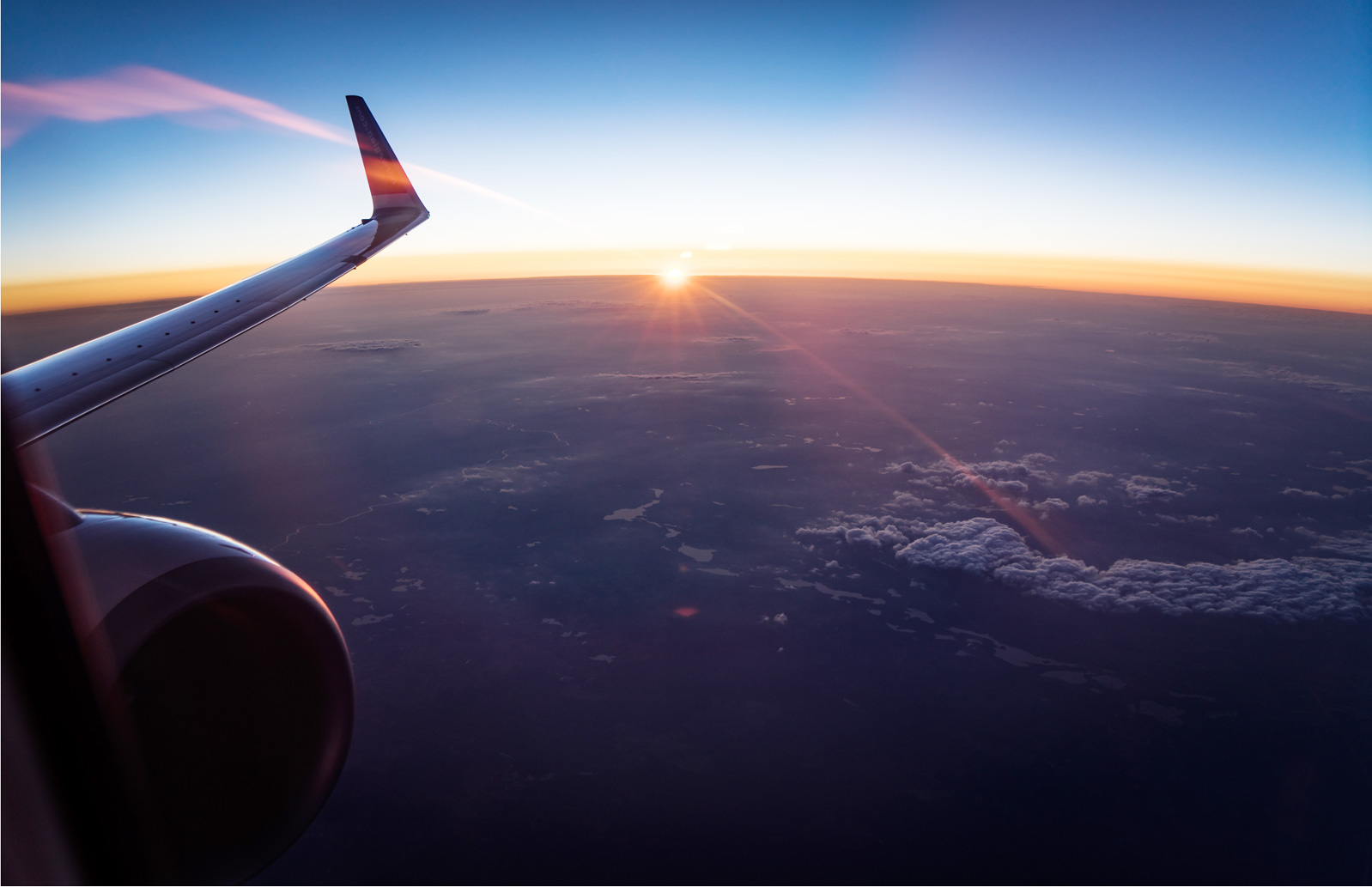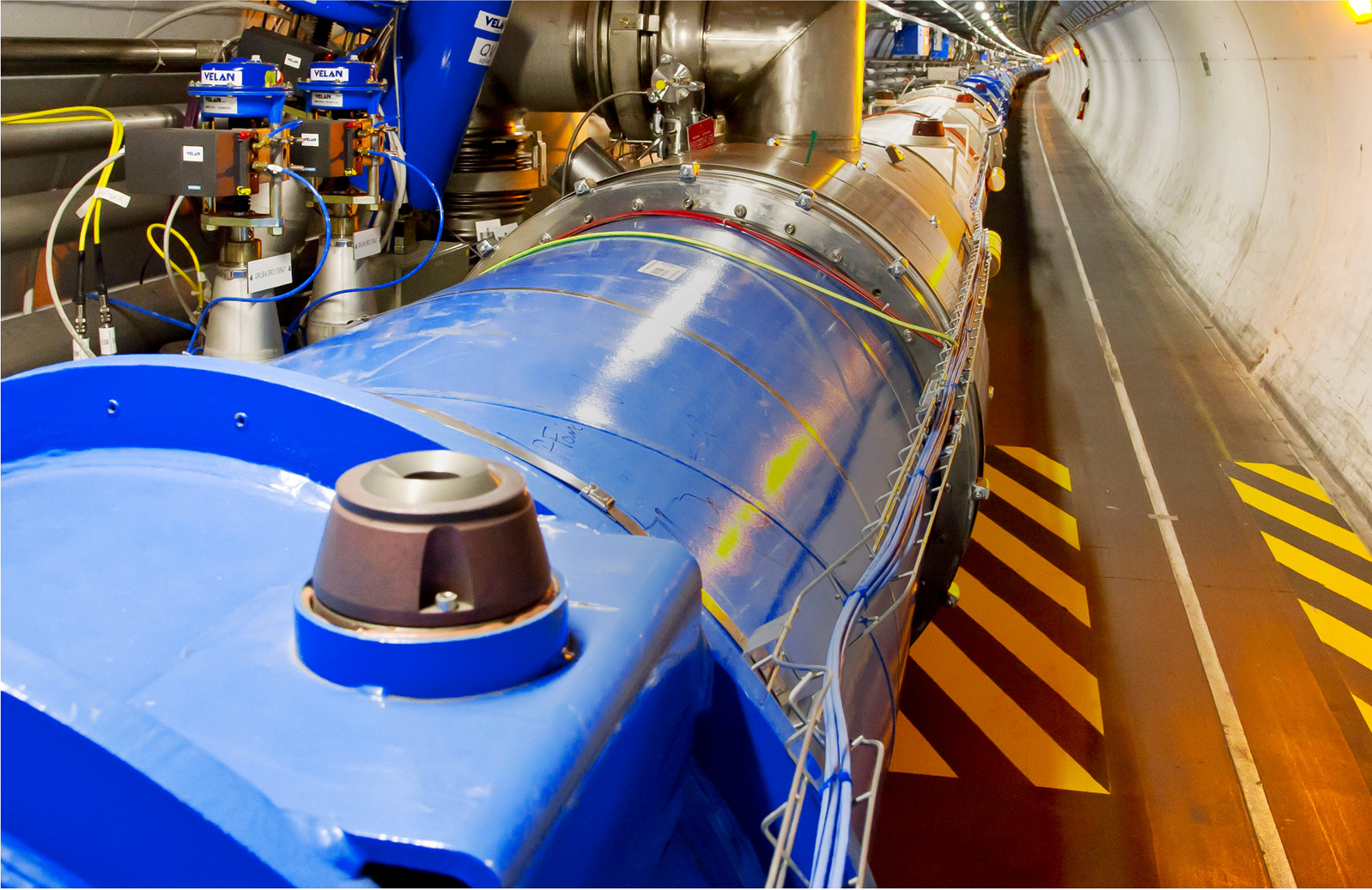
RADLAS 2017 is the 5th edition of a workshop dedicated to laser-based methodologies used to help the radiation sensitivity assessment of electronic components and systems. This edition of RADLAS is organized at the Institute of Electronics and Systems (IES) of the University of Montpellier, as a joint thematic day of the CNRS ERRATA Research Group and the RADECS association. The workshop is based on invited and contributed presentations describing different aspects of the laser testing technique as well as real case studies. Presentations will be given to cover the fundamentals and recent and promising trends of laser and other complementary testing methods as well as how these methods could be used in an industrial frame and acknowledged in standards. The intended audience includes both beginning and experienced researchers, engineers, and students wishing to share and enhance their knowledge base on this topic.
Summary
The RADLAS 2017 was held on October 9th, at the University of Montpellier. It provided a complete technical program composed of an introductory keynote, three communication sessions, a round table and a technical visit to the IES laser facilities. The keynote given by Florent Miller (Nucletudes) covered the fundamentals and state-of-the-art of laser testing methodologies. The talk provided an overview of the differences between irradiation test campaigns and laser testing methodologies as the charge deposition mechanisms are distinct: Coulombian Interaction and Photoelectric Effect (photon absorption), respectively. The laser testing was pointed as one important complementary tool to accelerator testing approaches. For instance, unexpected events occurring on the heavy ion tests can be avoided when the laser test is previously performed, in this way, irradiation campaigns can be used more efficiently. However, two issues should be handled carefully: temperature effect due to its impact on the laser charge deposition; and the comparison of devices at advanced technology with different feature sizes due to the laser spot size effect. After the keynote, a total number of 16 communications were distributed in three sessions providing relevant talks ranging from the modeling and calibration of laser testing to particular case studies. Additionally, a Round Table was coordinated by Renaud Mangeret (Airbus Defense and Space). It raised a wide discussion on sample preparation (polishment control of sample surface to improve quality of the results), the need for laser calibration under heavy ions data, the real cost of adopting laser testing facilities (most of the cost relates to the test preparation, engineering hours and so on). Further, the discussion addressed the industrial need for standardization of laser testing methodologies in order to maximize the compatibility, repeatability and the quality of testing. Also, the importance of the RADLAS realization was highlighted as it provides a platform to discuss the recent advances and to attract the interest of students to work in this particular field. A technical visit to the pulsed laser facility located at IES closed the workshop program. The workshop attendees were composed of graduate students, engineers and researchers from the academic and industrial community. After the European countries, a high number of attendees were originated from the USA and Asian countries (Russia, China, Japan and Singapore).
ESR9 - Ygor Quadros de Aguiar





